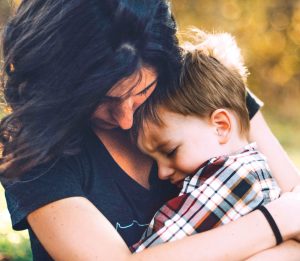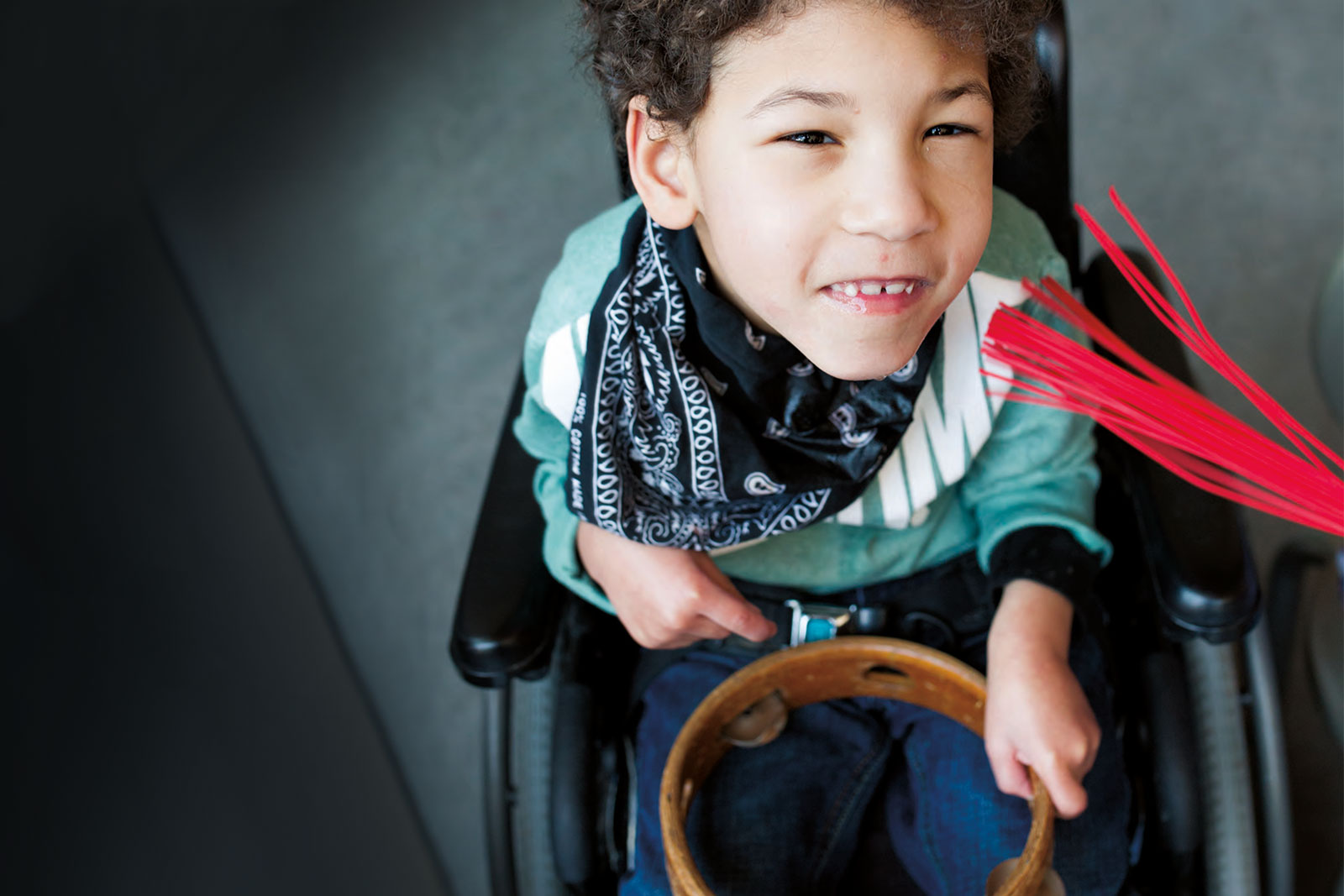By Cathy Fooks
 When The Change Foundation started its work in patient engagement in 2010, it was a bit of an uphill battle. Though many health care organizations were excited to find new ways to connect and collaborate with patients and their families, models of practices and toolkits to facilitate those interactions were hard to find in Ontario. Our contributions have ranged from research reports to policy suggestions, funding opportunities for organizations interested in working in partnership with patients and families, practical tools and training opportunities.
When The Change Foundation started its work in patient engagement in 2010, it was a bit of an uphill battle. Though many health care organizations were excited to find new ways to connect and collaborate with patients and their families, models of practices and toolkits to facilitate those interactions were hard to find in Ontario. Our contributions have ranged from research reports to policy suggestions, funding opportunities for organizations interested in working in partnership with patients and families, practical tools and training opportunities.
Today it is a different story, with Ontario’s health care sector significantly increasing its commitment to patient and family engagement. There is legislation such as the Patients First Act, a growing number of patient and family advisory councils, and individual patients and family members serving on committees, helping to orient new staff and educate health practitioners.
A number of other mechanisms are also increasingly being used to hear from patients and families, including online forums, kiosks in hospitals and survey panels. Furthermore, patient- and family-centred services have been included in Accreditation Canada’s quality standards.
As Ontario’s leading health care think-tank, The Change Foundation is proud to have been a part of the journey toward more patient- and family-centred care by supporting the development of new resources and sharing patient and family insights over the years. Now, the foundation is continuing in that role by identifying and showcasing leading patient-, client- and family-centred practices around the province through a series of case studies, which are intended to share ground-breaking ideas that other health care organizations can adapt and apply to themselves.
Our series begins with case studies of three paediatric centres: The neonatal intensive care unit (NICU) at Mount Sinai Hospital, part of Sinai Health System; Holland Bloorview Kids Rehabilitation Hospital; and the Children’s Hospital of Eastern Ontario (CHEO). There are several children’s hospitals in Ontario with excellent patient and family engagement, but we could not profile them all. We chose these three centres to capture the experience of introducing patient- and family-centred care in a wide range of services and specialties, offered by different types of organizations.
Family-integrated care: Mount Sinai
Meaningful and effective patient- and family-centred care is a continuous journey. Case in point: Mount Sinai’s introduction of family-integrated care in its NICU, which is a tertiary care centre for newborn (mostly premature) infants. The hospital’s model of care was introduced as a pilot project and further studied as a randomized cluster trial involving hospitals across Canada, Australia and New Zealand.
Based on Estonia’s model of “humane care,” Mount Sinai’s “family-integrated care” makes parents integral members of their baby’s care team. Supported by nurses as they provide routine care, and with educational and other resources always available, parents are central to their child’s NICU journey, speaking at daily rounds and involved in all care decisions. The Mount Sinai model is being looked at and adopted by hospitals in many countries, including China, the US and the UK. We believe, however, that other organizations can learn from the approach at Mount Sinai’s NICU, regardless of their health care focus.
Unleashing passion: Holland Bloorview
The second case looks at client- and family-centred care at Holland Bloorview Kids Rehabilitation Hospital in Toronto. Clients with a wide range of diagnoses are cared for at the hospital, including those with acquired brain injury, cerebral palsy, developmental delays and autism spectrum disorder.
Holland Bloorview had long been considered a leader in client- and family-centred care, but in 2008 it launched a move to codify and formalize what it was doing. What had once been a matter of instinct and kindly impulse became a subject of academic research. The hospital wanted to ensure it was following best practices and put an end to uneven efforts to involve clients and their families in its functions. It sent dozens of parents and staff to conferences put on by the Institute of Patient and Family-Centered Care to learn how to apply its core concepts of dignity and respect, information sharing, participation and collaboration. On their return, parents and staff worked to introduce, support and encourage the adaptation of those concepts through a hospital-wide initiative called Unleashing the Passion. Now, 10 years on, we look at how the hospital maintains some of the highest standards for patient and family engagement in the country.
Lean-based continuous improvement: CHEO

In the last of our three paediatric patient- and family-centred care studies, we look at the work the Children’s Hospital of Eastern Ontario (CHEO) has done to renew its model of child, youth and family engagement. Like Holland Bloorview, the hospital had a long record of patient and family engagement, including the oldest family advisory council in Canada. But it recently realized that efforts to involve patients and families in its operations had been allowed to slide in the five years since its last effort to “optimize” engagement. Moreover, the hospital’s advisory bodies did not reflect the demographics of the communities it serves.
Starting in the summer of 2017, CHEO gave itself less than a year to design a framework for patient and family engagement and develop a plan for integrating it into (almost) every aspect of hospital function. Unlike the other two organizations in this series, we are not looking at CHEO’s engagement model after it has been tested over time. However, the lean-based continuous-improvement approach the hospital is using means the knowledge developed for the renewal process became an essential component of understanding and building the overall plan. We think both the approach and the lessons learned so far are worth sharing now.
Learning lessons
We are very excited to share these three case studies of efforts to hear and learn from the voices of Ontario’s young patients and their families. Some of the knowledge they can bring to us
has been gained through the most painful of experiences; some is the result of long hours of enforced observation; and all of it represents great generosity of spirit. Patients and families who
take the time to fill out a questionnaire, participate in a study or sit on a committee may or may not benefit directly from the input they offer us, but they are always sharing wisdom in the hope it will improve care for others. We owe them our thanks and our deepest attention.
Cathy Fooks is president and CEO of The Change Foundation.














